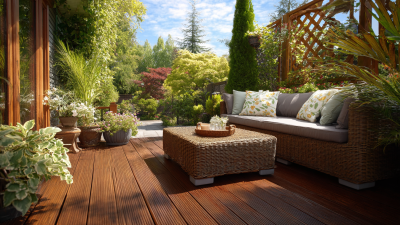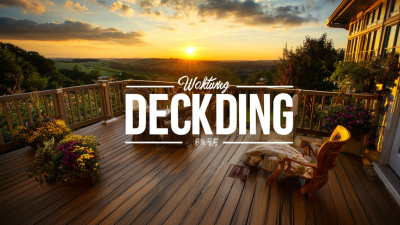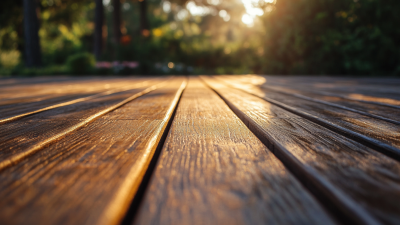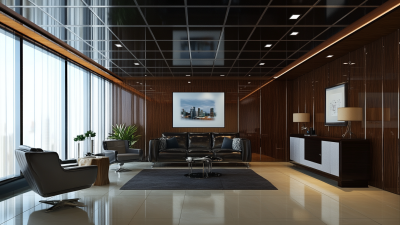When embarking on outdoor projects, selecting the right decking composite is crucial for ensuring durability, aesthetics, and low maintenance. According to a report by Freedonia Group, the demand for decking composites is projected to grow significantly, driven by the rising popularity of outdoor living spaces and the increasing emphasis on sustainable materials. This trend is underscored by the fact that composite decking can last 25 to 30 years, outpacing traditional wood options that often require replacement or extensive maintenance within a decade. As consumers seek long-lasting solutions, understanding the various types of decking composites available—each with distinct features, textures, and costs—becomes essential. In this blog, we will explore the key factors to consider when choosing the best decking composite for your specific outdoor projects, ensuring that your investment not only enhances your space but also stands the test of time.
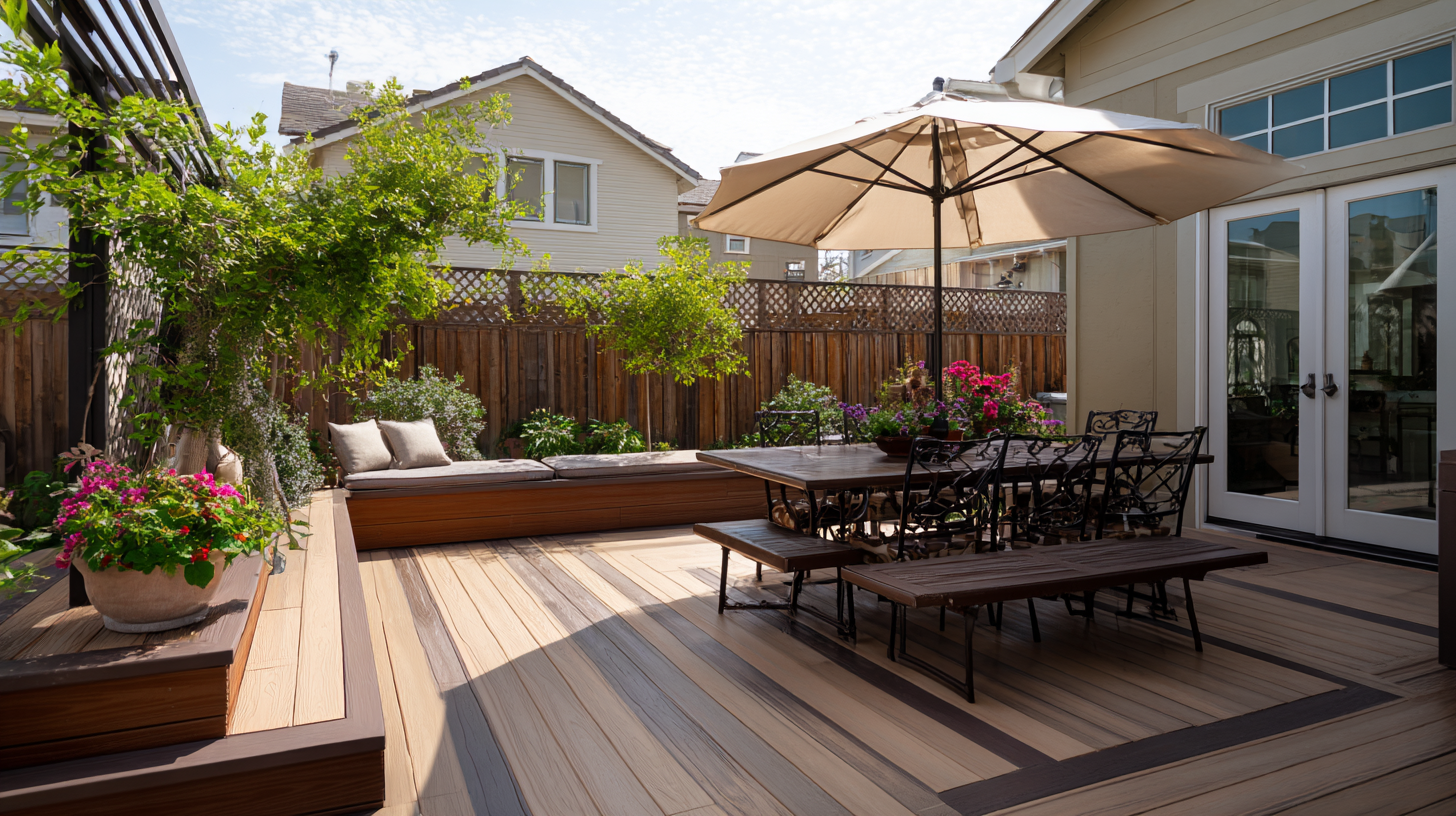
When embarking on outdoor projects, selecting the right composite decking is crucial to ensure longevity and aesthetics. Key factors to consider include durability, maintenance requirements, and environmental impact. Recent evaluations indicate that composite decking can outlast traditional wood by a significant margin, with life spans reaching up to 30 years in some cases. This reduction in frequency of upkeep, such as painting or staining, makes composites an appealing option for homeowners weary of annual maintenance.
Moreover, the composition of the material plays a vital role in its performance. Many experts emphasize the importance of understanding the ratio of recycled or sustainable materials used in production, which not only impacts environmental considerations but also the overall strength of the decking. According to a comprehensive review of the best composite brands, products featuring advanced protective coatings tend to exhibit superior resistance to fading, scratching, and moisture damage. Thus, evaluating these factors carefully can lead to a well-informed decision that enhances both outdoor aesthetics and functional durability.
When selecting the right composite decking for your outdoor projects, understanding the pros and cons of different types is essential. Two popular categories are capped and uncapped composites. Capped composites feature a protective layer that makes them resistant to fading, stains, and scratches. This added durability is appealing for homeowners seeking longevity, especially in high-traffic areas. However, the premium quality might come at a higher price point compared to uncapped options.
On the other hand, uncapped composites offer a more budget-friendly alternative. They can be made from recycled materials, which is an eco-conscious choice. However, they often require more maintenance, as they are more susceptible to moisture and UV damage. This could mean more frequent cleaning and potential replacement over time. Ultimately, the decision should align with your specific project needs, aesthetic preferences, and budget constraints, ensuring a satisfying outdoor space for years to come.
When selecting composite decking for outdoor projects, understanding its lifespan and durability is crucial. Industry reports suggest that the average lifespan of high-quality composite decking ranges from 25 to 30 years, significantly outpacing traditional wood options, which typically last about 10 to 15 years. According to a study by the North American Deck and Railing Association (NADRA), around 80% of homeowners report satisfaction with the durability of composite materials. This longevity is primarily due to advanced manufacturing processes that incorporate UV inhibitors and moisture-resistant compounds, ensuring that composite decks withstand harsh weather conditions without warping or splintering.
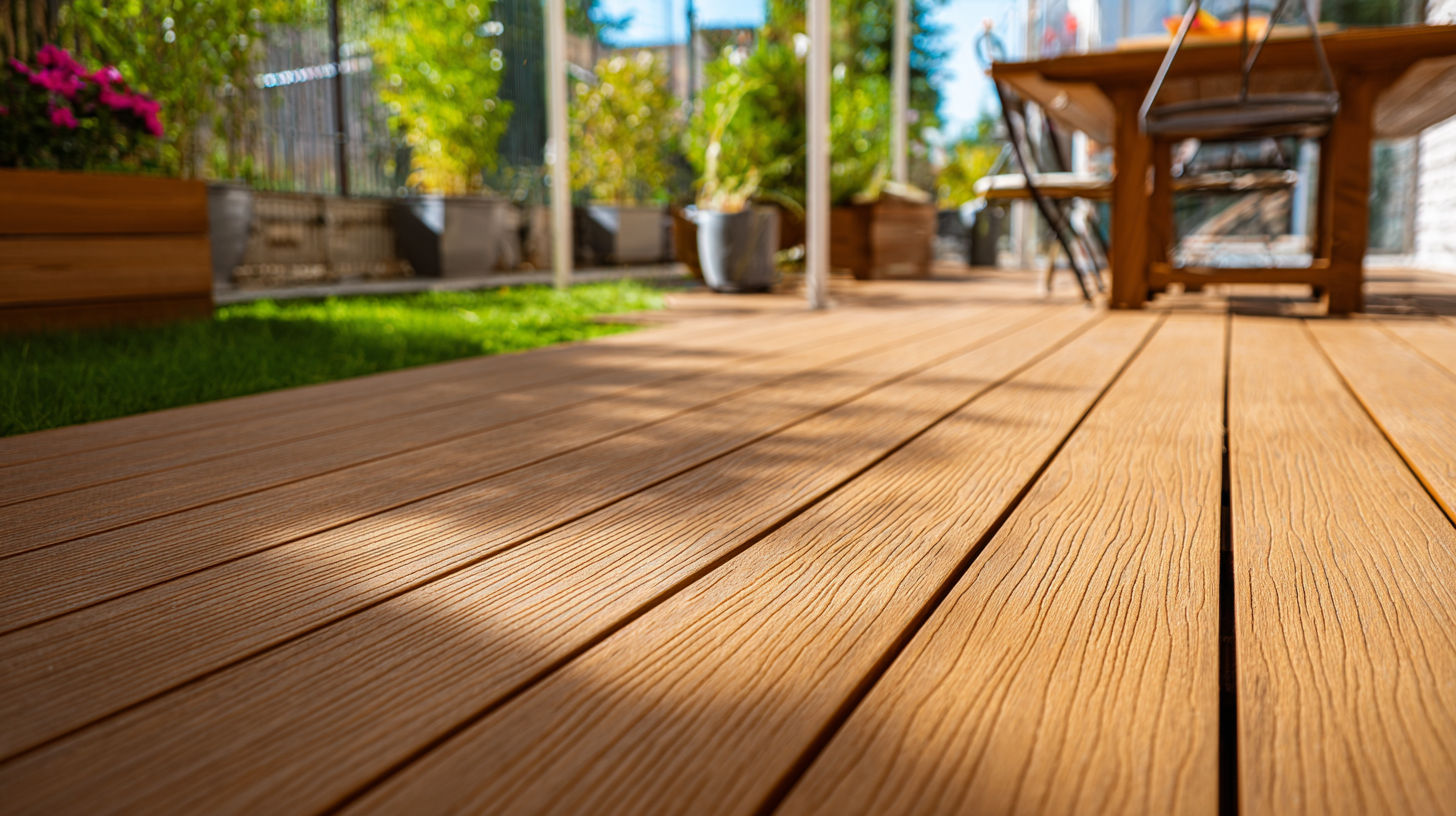
Moreover, the durability of composite decking can be reflected in its maintenance requirements. A report published by Remodeling Magazine indicates that homeowners can save up to 40% on maintenance costs over a 10-year period compared to wooden decks. Composite materials are resistant to staining, fading, and insect damage, reducing the need for regular treatments and repairs. Thus, investing in high-quality composite decking not only guarantees a longer-lasting structure but also contributes to cost efficiency and less frequent upkeep, making it a wise choice for any outdoor project.
When planning your composite decking project, budgeting is a critical aspect that can significantly influence your choices. Composite decking materials typically range from $2 to $5 per linear foot, with premium options exceeding $7 per foot. According to a recent report by the Home Improvement Research Institute, homeowners can expect an average total cost of around $6,000 for a 300-square-foot composite deck, factoring in materials, installation, and other associated costs. This highlights the importance of a well-structured budget to avoid unexpected expenses.
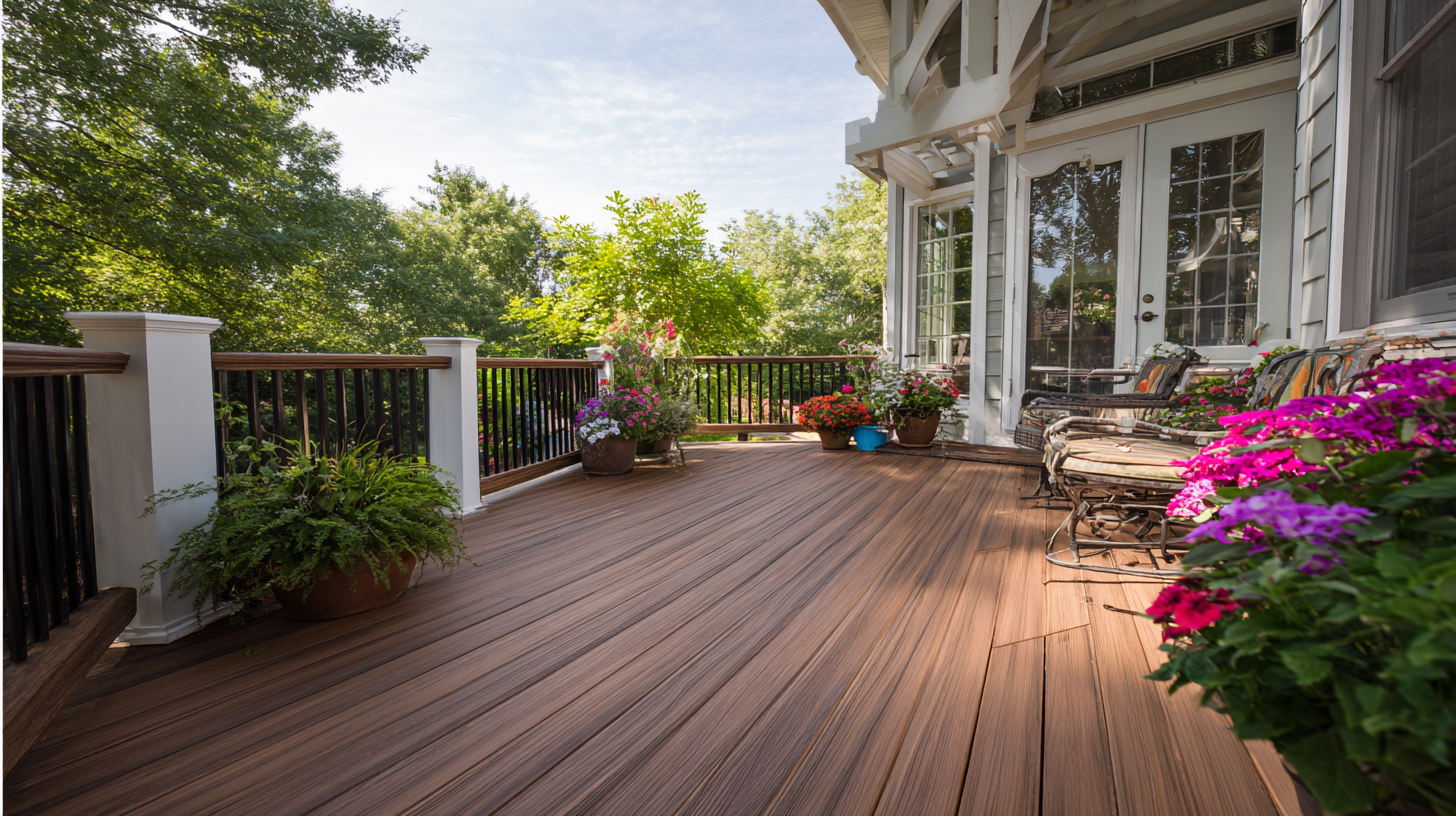
In addition to material costs, you should also consider the long-term investment associated with composite decking. Research from Decking Market Insights indicates that while initial costs may be higher than traditional wood, composite decking offers a significant return on investment through durability and low maintenance needs. Over a 15-year period, homeowners can save approximately 30% on maintenance costs. By evaluating both upfront and long-term costs, you can make an informed decision that aligns with your financial goals while enhancing your outdoor space.
When selecting the right color and texture for your decking composite, it’s essential to consider how these elements will harmonize with your overall outdoor aesthetic. Your choice of color can dramatically impact the ambiance of your deck space. Lighter shades such as cedar or driftwood can create a bright, airy feel, perfect for smaller areas that aim to appear more spacious. Conversely, darker hues like charcoal or mahogany can add warmth and depth, making your outdoor area feel more intimate and inviting.
Texture also plays a crucial role in your decking's visual appeal and functionality. Smooth surfaces might offer a contemporary look and easy maintenance, but they can become slippery when wet. On the other hand, textured composites can provide added grip, making them safer for high-traffic areas or homes with children and pets.
Experimenting with different combinations of colors and textures can lead to a unique outdoor setting that reflects your style while ensuring comfort and safety throughout the year.
